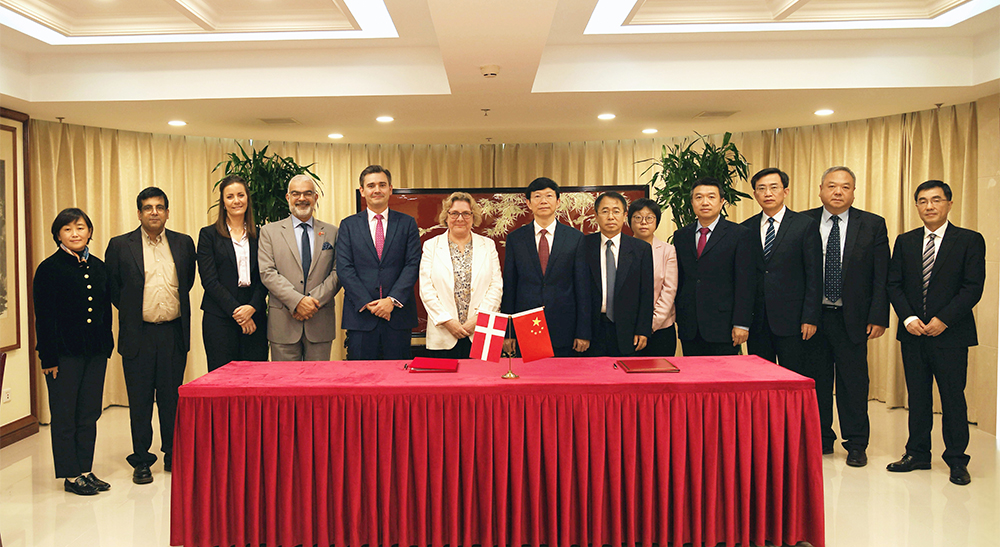骨肿瘤病例丨骨化性肌炎
时间:2023-06-22 12:10:15 热度:37.1℃ 作者:网络

病史
65岁男性,小腿慢性轻度疼痛。(A 65-year-old man with chronic mild lower leg pain.)
影像学表现
小腿的正位(a)和侧位(b)X线片显示邻近胫骨中段前外侧的高密度矿化(dense mineralization),胫骨和腓骨的畸形(deformity)提示曾发生骨折并已愈合(old healed fractures)。
轴位 CT(c)显示小腿前侧肌肉间室内与胫骨骨皮质分离的有边缘矿化的软组织肿块(a soft tissue mass with peripheral mineralization),在同一水平上(at this same level)可见胫骨骨皮质有轻度增厚(mild cortical thickening)。
核素骨显像(d)显示钙化的软组织包块有中度摄取,而胫骨没有活性。
鉴别诊断(前3位)
-
骨旁骨肉瘤 Parosteal osteosarcoma
-
骨化性肌炎 Myositis ossificans
-
滑膜肉瘤 Synovial sarcoma
讨论
X 线片中无法确定钙化灶是来自胫骨还是位于软组织中(Based on the radiographs, it is unclear whether the calcifications are arising from the tibia or localized to the soft tissues.)。如果病变来自皮质,则需要考虑骨表面骨肉瘤和骨软骨瘤。CT图像显示病变与胫骨明显分离(the lesion is clearly separate from the bone),与滑膜肉瘤的不规则钙化相比,这种边缘矿化(the peripheral calcifications)更常见于典型的成熟后的骨化性肌炎。另外,愈合的骨折畸形(the healed fracture deformities)提示该部位曾发生创伤,而这也是异位骨化(the heterotopic ossification)的原因之一。
诊断
-
骨化性肌炎
要点
-
为软组织内出现的不正常的成熟板层骨。(Abnormal formation of mature lamellar bone in the soft tissues.)
-
可发生于创伤后、非创伤后或神经源性疾病。
-
易感因素(Predisposing factors)包括烧伤、截瘫、外科手术、创伤性脑损伤、血友病、脊髓灰质炎、强直性脊柱炎及弥漫性特发性骨肥厚(DISH)。
-
原因为软组织成分化生(metaplasia)为可形成骨的组织。
-
患者可无症状(be asymptomatic)或伴有疼痛、肿胀和血沉升高。
-
尽管新生骨形成可与邻近骨相连续,但通常是分离的且不累及骨膜。(Although the new bone formation can be contiguous with the adjacent bone, it is typically separate and does not involve the periosteum.)
-
最初几周内X线片中很少看到矿化,但发病3~8周后矿化可变得明显,从外周开始并以“带状”模式向中心区发展(starting peripherally and progressing centrally, in a “zonal” pattern)。
-
核素骨显像可能是评估骨形成的成熟度(assess the maturity of the bone formation)的最佳影像学检查方法(随成熟度而活性减低)。
-
与外科干预相比,更倾向于非手术治疗包括咧噪美辛、二磷酸盐(预防性)和放疗。


